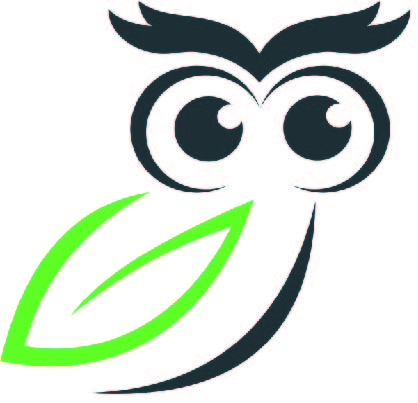I wrote a blog post recently about the importance of play and why I use it (https://carols-tutoring.com/2018/04/02/why-play/). But how do I use it is equally as interesting and really very simple. I have a few favourite games and I am going to share them with you now.
Jenga
This is a great game for children practising their fine motor control in can so easily incorporate maths or literacy skills. I have a few different sets, for tutoring 1 to 1 I do not need a full stack so tend to split it. I can then write on each wide side of the stick. This means I can use a single Jenga tower for 4 different activities! Here are a few ideas of how you can use them
- Letter recognition – half a box gives you enough sticks for the whole alphabet and a couple spare. You can use it simply for letter recognition or with more confident children to think of words beginning with that letter
- Times tables – I write on the times tables sum so the one stack can be used with any table (2 x _ = ?). If I am working on a single times table then we stick to one. But, often we are working on a few. I have a 12 sided dice and when the child removes the stick they then roll the dice to get the missing part of their question.
- Vocabulary – I can use it to help children reflect and extend their vocabulary. All those nice words like good, walk, talk etc can be written on the sticks. When the child pulls the stick out they then need to suggest a better word, i.e. muttered rather than said.
- Number facts – write an addition sum with a missing number, much like the multiplication sums
- Spelling – with my older children, we work on a number of ways to make the same sound, i.e. for long A we might use a-e, eigh, ay etc. we can write each way on to a stick and when the child removes the stick from the stack they need to say a word with that patter, spell it and use it in a sentence.
Connect 4
Another favourite game. I use this concept 2 ways. It can be used with words on the edges to help build word recognition. The child needs to say the word and use it in a sentence before they can drop their piece. The alternative is a printed sheet where we use the glass counters to connect 4. www.themeasuredmom.com does some brilliant sheets for spelling!
Cards

Playing cards are a great tool for maths.
Match – this is great for number recognition. The symbols on the cards are really helpful and get kids counting.
Number bonds – I will often run through a deck of cards with a child and ask them how many more needs to be added to get to 10 or 20. This is a great way to engage rote learning but in a fun way.
Doubles – children need to know their doubles to 20, it makes maths easier in the long run. Again, we can use the pack to do so and the symbols to count if necessary.
Pontoons – an old game which I played when young though we called it 21s. This is great for mental maths.
Lego
Kids love Lego. I love Lego. Who doesn’t love lego?!
Times tables – the lego cube can be a visual representation of the times tables. A piece with 8 dimples can be representative of 2 x 4.
Spelling – letters on the sides help children build the bricks to build words. Quick and easy and if they get it wrong, easily corrected.
These are just a few of my favourite games for learning. There are many more we could play and indeed do play. I often find some of my favourite ideas on Pinterest or think of them whilst walking down the kids isle of B & M or other discount shops. Parent’s will often spend significant sums of money on games but I hope you can see you can play fun, educational games with little effort or money and children really will enjoy them.

